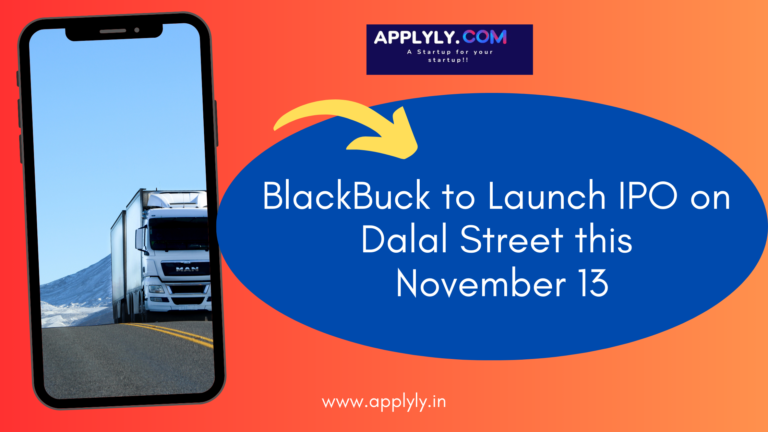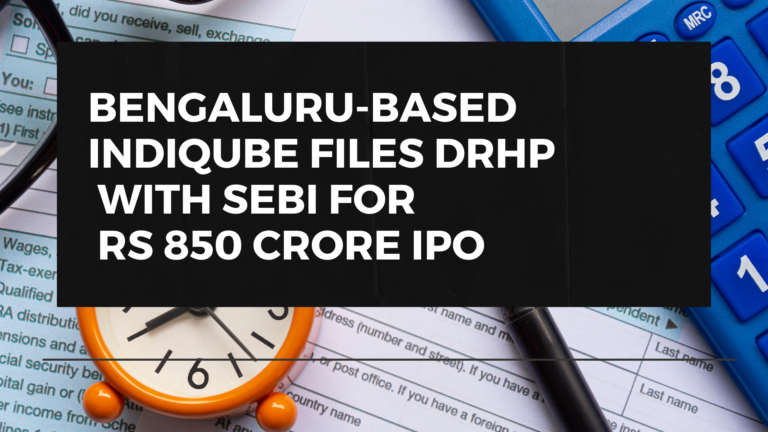Uber charging Rs 52 extra on iPhone over Android for same ride
Uber charging Rs 52 extra on iPhone over Android for same ride’, says Entrepreneur, sparks debate
The recent Uber pricing controversy has sparked intense debates across social media platforms. An Indian entrepreneur discovered a significant price difference between iPhone and Android users. The fare variation of Rs 52 raised serious questions about pricing algorithms. Subsequently, users across India began investigating similar pricing patterns in ride-hailing services. Consequently, Uber charging Rs 52 extra has been a matter of concern. This revelation has triggered widespread discussions about fair pricing practices in technology.
The Startling Discovery
A prominent Indian entrepreneur has exposed an intriguing pricing disparity in Uber’s service. Nirali Parekh, founder of a design studio, meticulously documented the fare difference. Her colleague simultaneously booked two identical rides from the same location. The Android device displayed a fare of Rs 290.79 for the journey. The iPhone, surprisingly, showed a higher fare of Rs 342.47 immediately. This stark difference of Rs 52 immediately caught the attention of many users. The discovery has prompted serious questions about algorithmic pricing in ride-hailing services.
Understanding the Potential Factors
Technology experts have offered several compelling explanations for this pricing anomaly. The common perception that iPhone users belong to a higher income bracket. Data analytics might influence dynamic pricing based on user spending patterns. Parekh thoughtfully highlighted the complex relationship between personalisation and user experience. Some commentators initially pointed towards Apple’s 30% commission on in-app purchases. However, experienced developers quickly dismissed this theory with technical evidence. The ride-hailing platform’s algorithms might consider factors beyond just device type.
User Reactions and Industry Implications
The LinkedIn post quickly garnered hundreds of responses from concerned technology professionals. Many users shared similar experiences of price discrimination across various platforms. Some defenders suggested that different user accounts could explain the pricing gap. Critics argued that this practice unfairly targets users based on device preference. The controversy has raised important questions about algorithmic transparency in digital services. Industry experts are calling for more clarity in how pricing decisions are made.
Uber’s Response and Future Implications
Uber has firmly denied implementing any device-based pricing discrimination in their system. The company attributes the fare difference to variations in pickup points. They specifically mentioned that ETA and drop-off locations influence their pricing model. Their statement emphasises that mobile phone manufacturers do not affect fare calculations. This controversy has sparked a broader discussion about digital service pricing ethics. The incident highlights the growing need for transparency in algorithmic decision-making processes.
The debate continues to evolve as more users share their experiences online. This situation has created awareness about potential pricing disparities in digital services. Many industry observers are now closely monitoring similar patterns across various platforms. The incident serves as a catalyst for discussions about fair pricing practices. Consumer rights groups are advocating for more transparent pricing mechanisms in digital services.
The controversy highlights the complex relationship between technology and consumer trust. It raises important questions about the ethics of data-driven pricing strategies. The incident has prompted calls for clearer regulations in digital service pricing. Many users are now more conscious about comparing prices across different devices. This awareness might influence future developments in ride-hailing service pricing policies.






